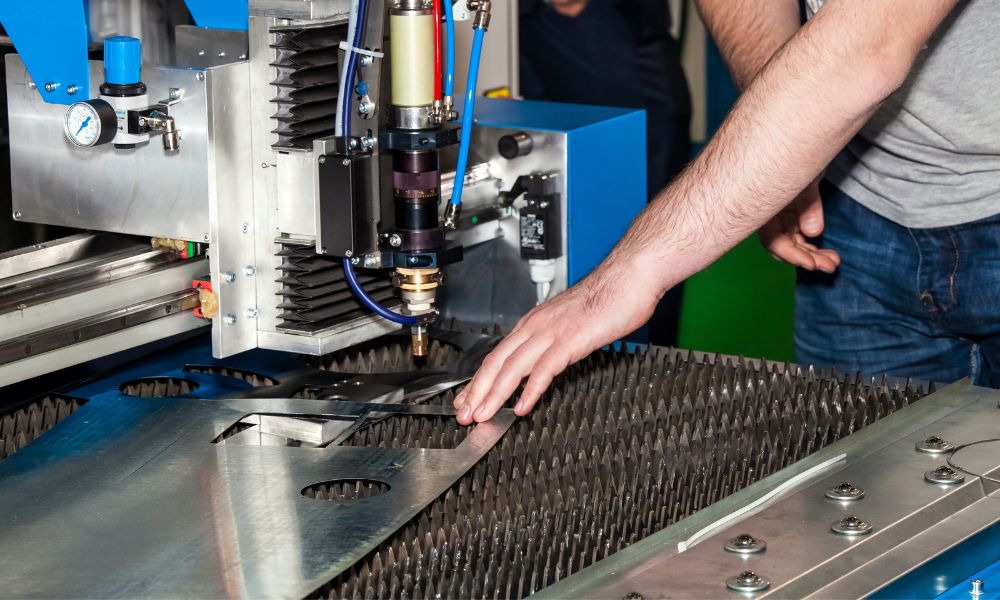How Long Does Plasma Surface Treatment Last?

Plasma surface treatment is ideal for cleaning and activating the surface of materials such as polymers and increasing wettability, but how long does it last? We answer that question and more in our guide on plasma surface treatment.
What Is Plasma Surface Treatment?
Plasma surface treatment is a method of cleaning and improving the adhesion characteristic of various materials. The process increases the surface energy of a material to make it wettable, creating strong chemical bonds with things like paint, ink, or adhesives.
Plasma surface treatment is used for hydrophobic materials, meaning water and fluids simply bead on their surface and slide off without creating bonds. First, the plasma surface treatment removes any contamination on the surface. Then, it attaches oxygen-containing molecules to increase the surface energy in a process known as surface activation.
What Materials Are Plasma Treated?
Many hydrophobic materials—including glass, metals, and ceramics—benefit from plasma surface treatment. But the most common application for plasma surface treatment is on polymers and plastics, as most of them are hydrophobic, including:
- Polyether ether ketone (PEEK)
- Polytetrafluoroethylene (PTFE)
- Polypropylene
- Polyethylene
Many industries use these polymers and plastics and need to bond them together, as is the case in the aerospace and automotive industries. Plasma surface treatment ensures adhesives applied to the surfaces of aircraft polymer parts form strong bonds that can withstand the rigors of flight.
How Long Will Plasma Surface Activation Last?
How long plasma surface treatment lasts mostly depends on the treatment type and the material. The cleanliness of plasma surface treatment depends on the environment. Once cleaned, it can stay clean indefinitely if kept in a contaminant-free environment. Plasma surface activation is different, however.
The length of plasma surface activation depends on the material and its density. Higher-density polymers have a slower hydrophobic recovery—the degradation of surface activation—because the sub-surface molecules have less room to move and return to the surface. Lower-density polymers can recover quicker because the sub-surface molecules have more room to move. The variance in hydrophobic recovery can be hours or days, but the general rule of thumb is that surface activation degrades beyond application after 48 hours.
Conclusion
If you have more questions about plasma surface treatment or are interested in a plasma treatment machine, Tri-Star Technologies has you covered. Browse our inventory online or contact our expert staff to learn more about plasma surface treatment and equipment.


